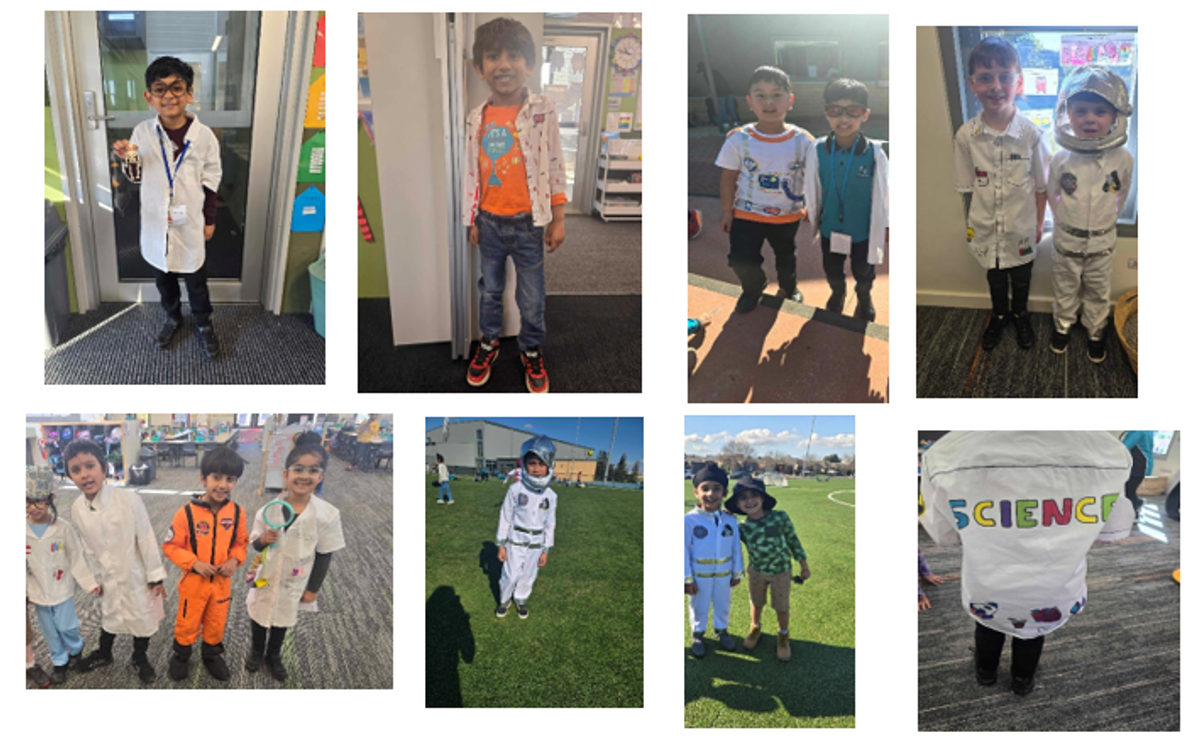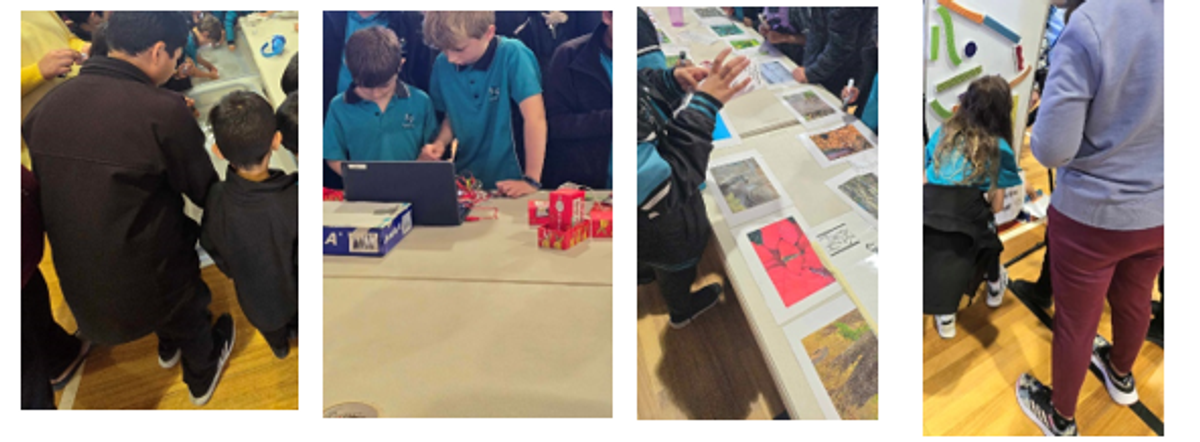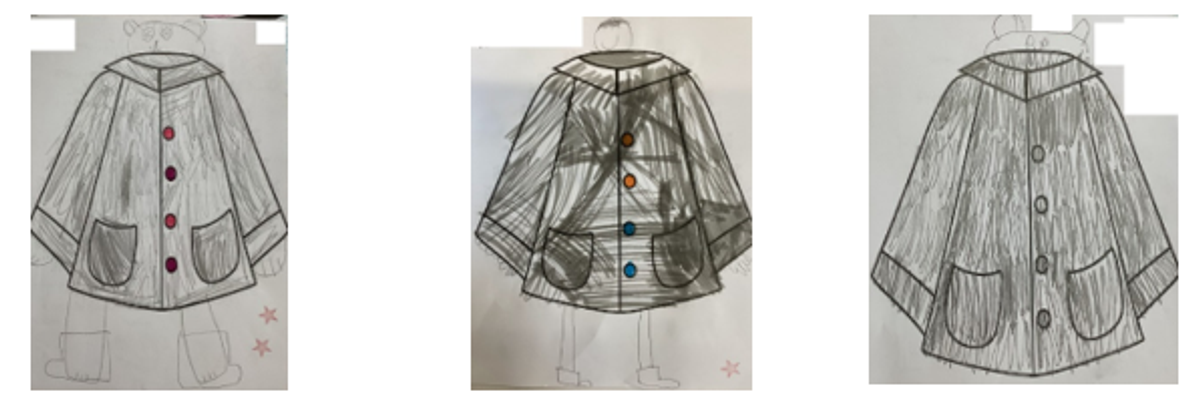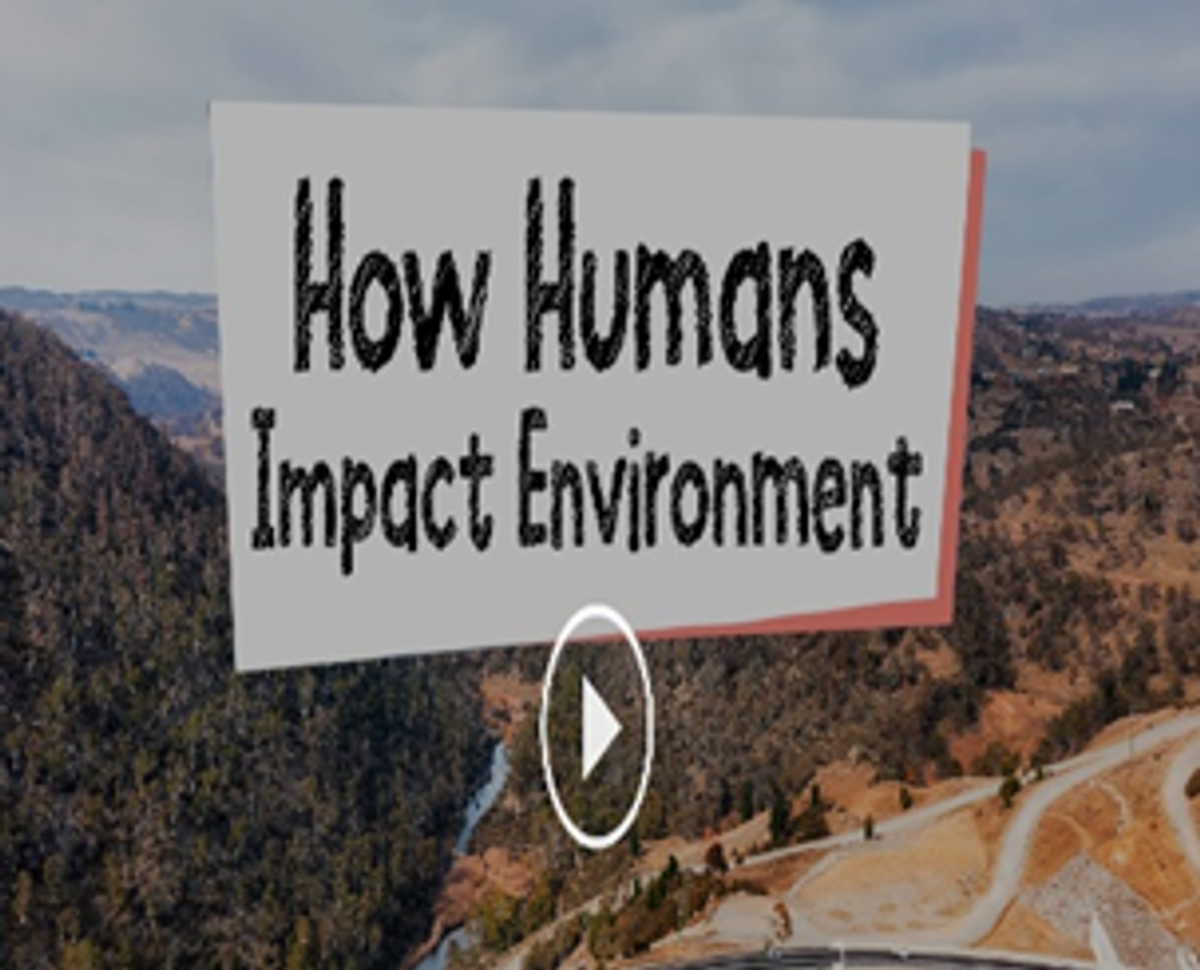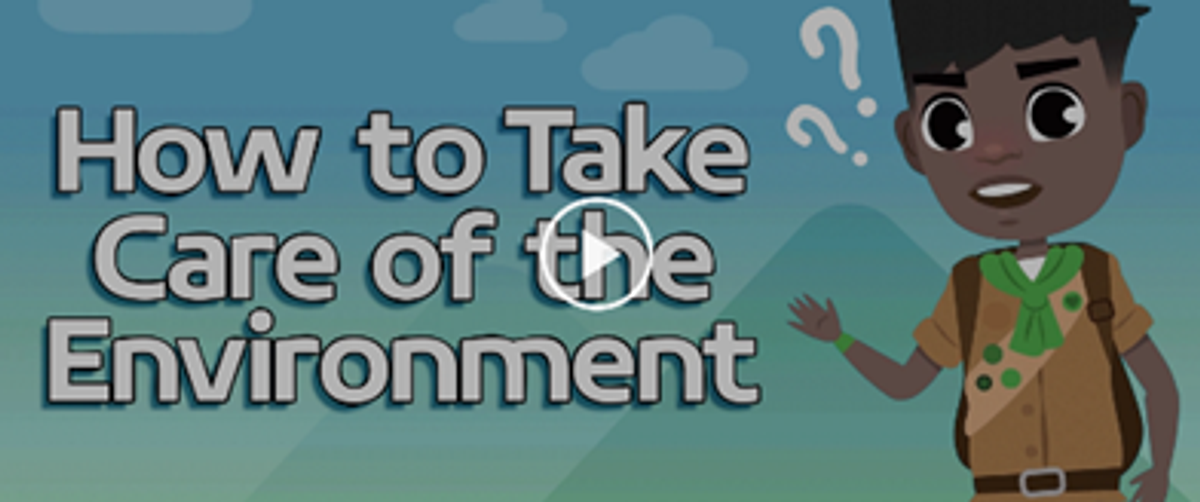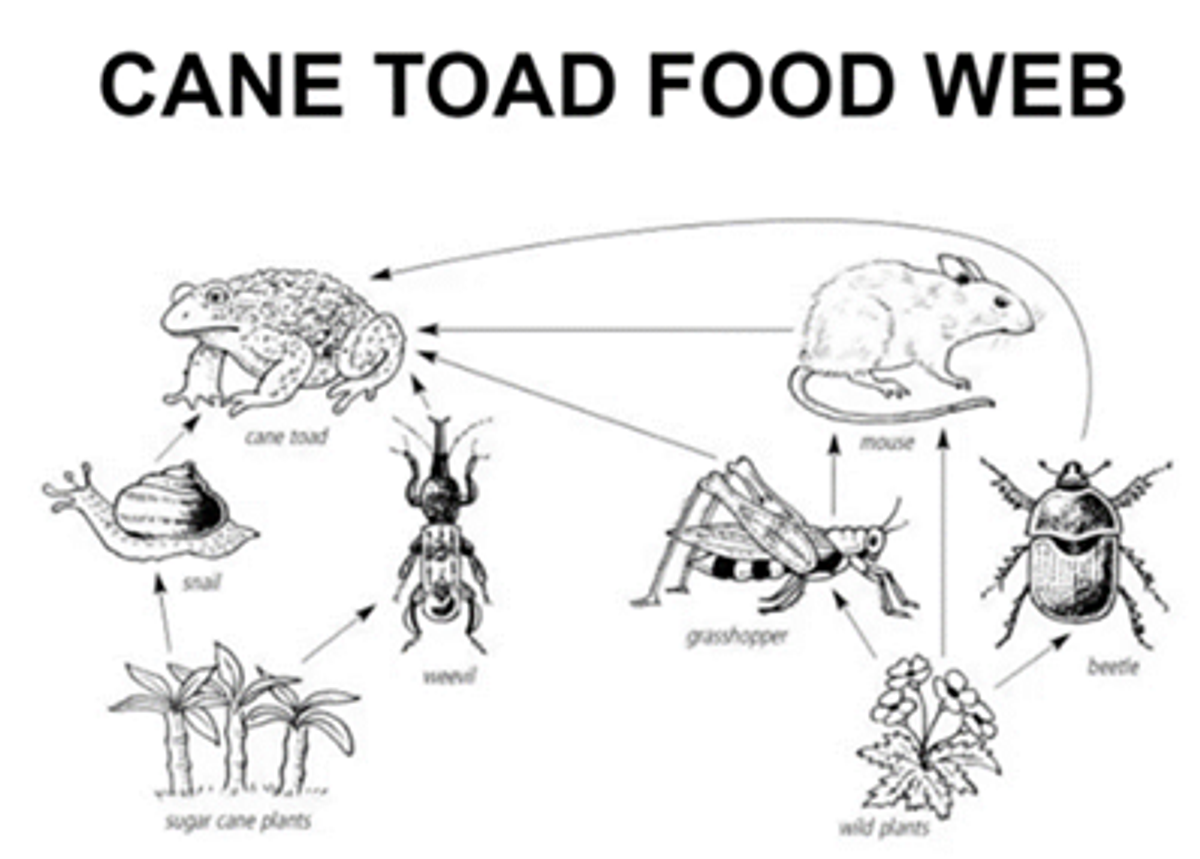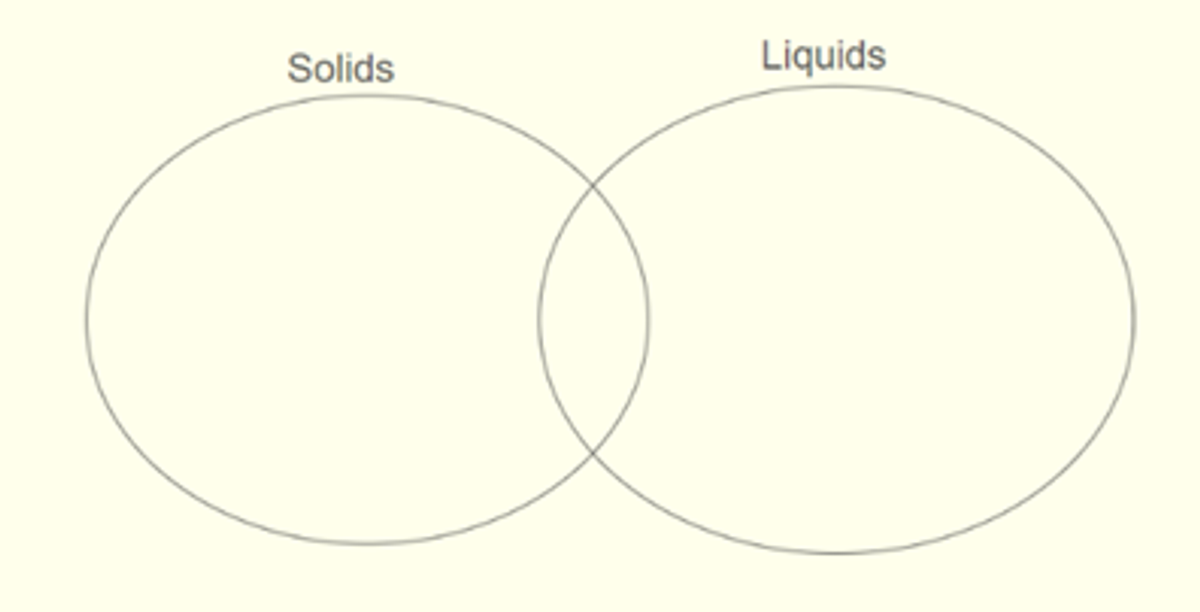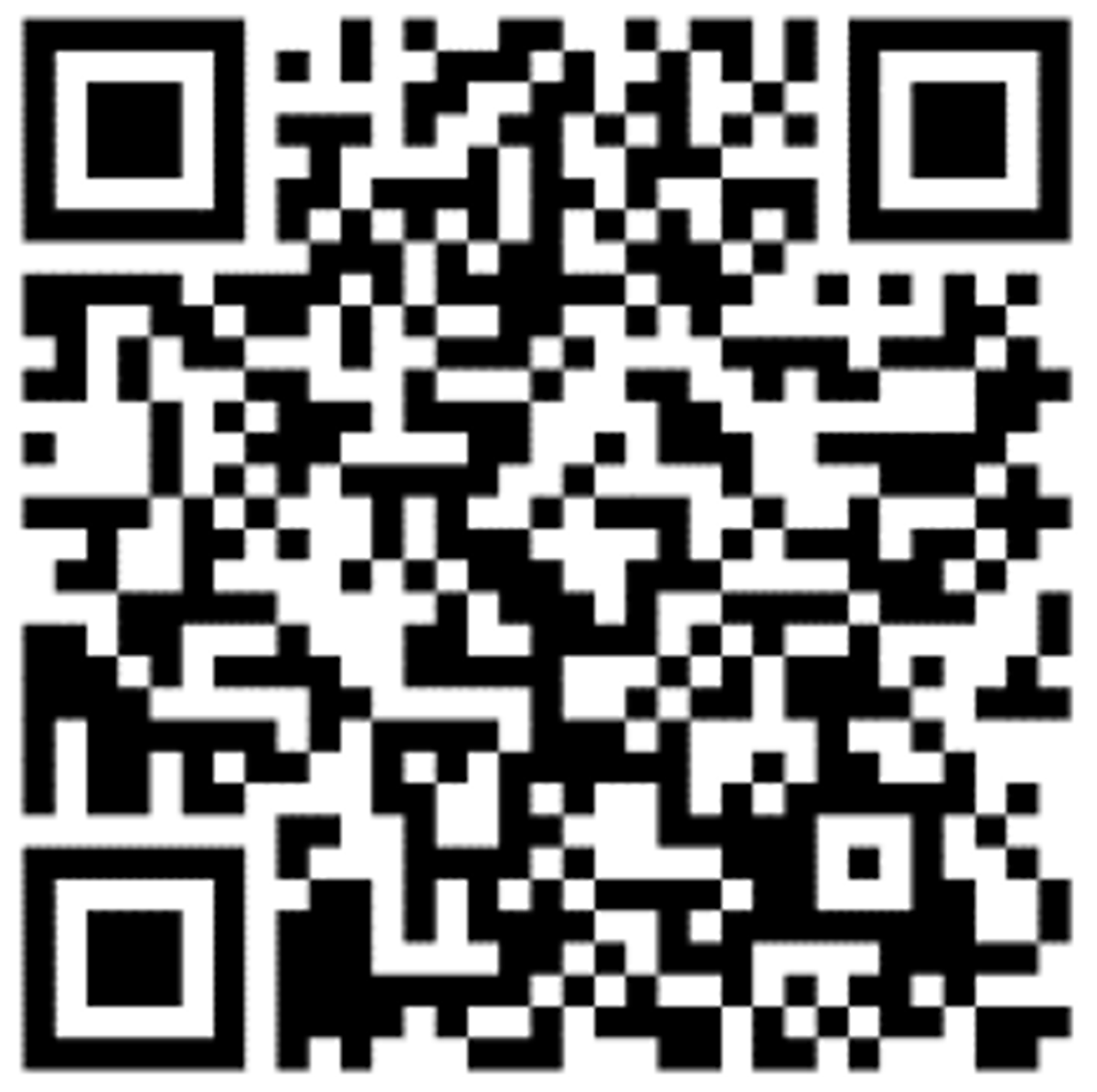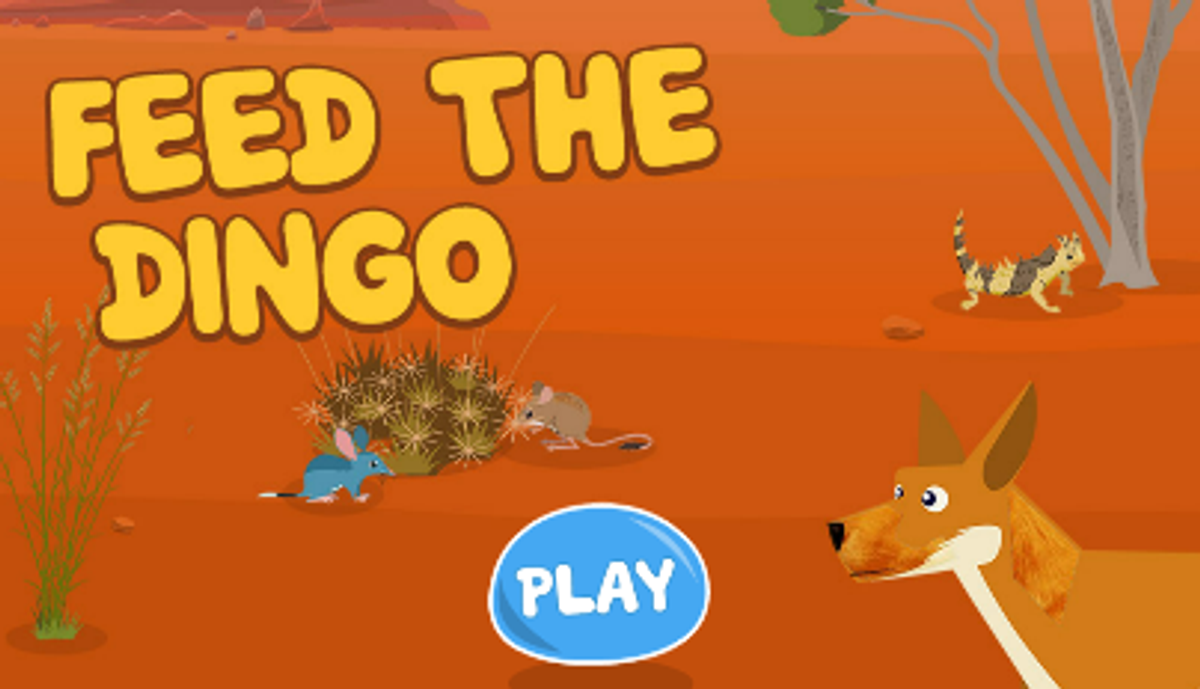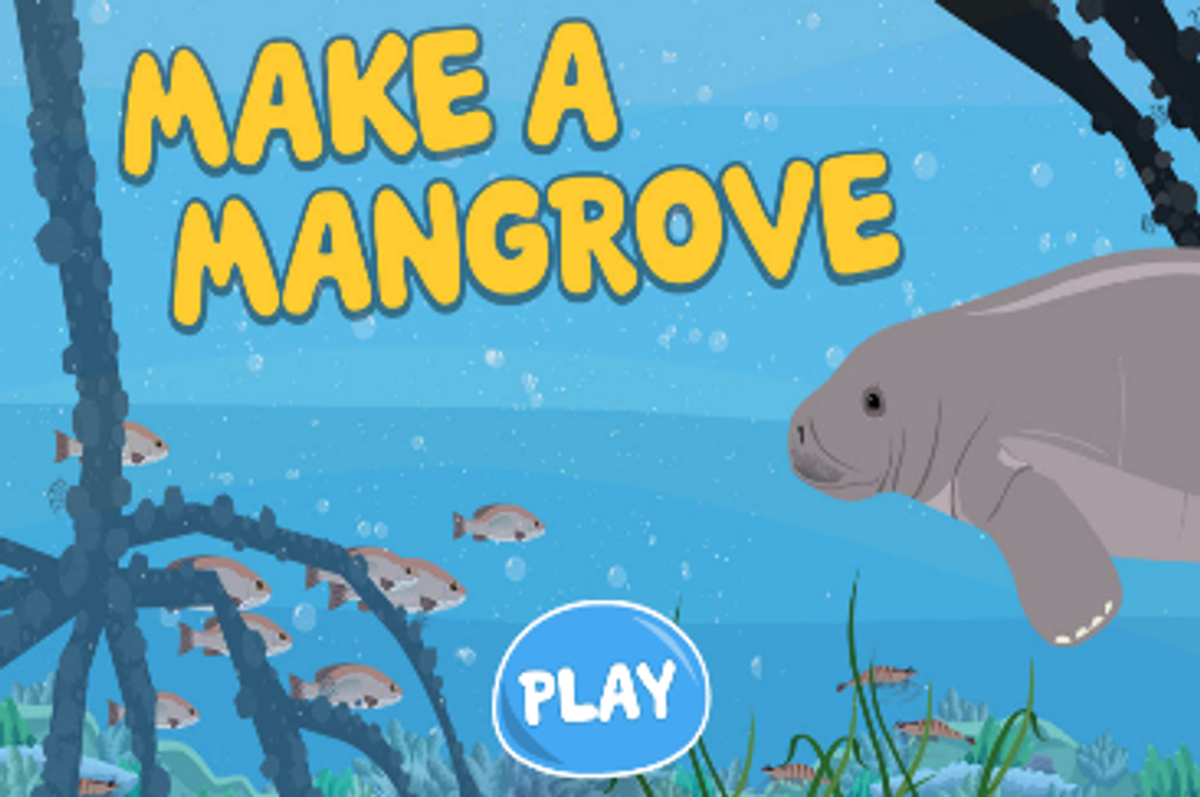STEM News
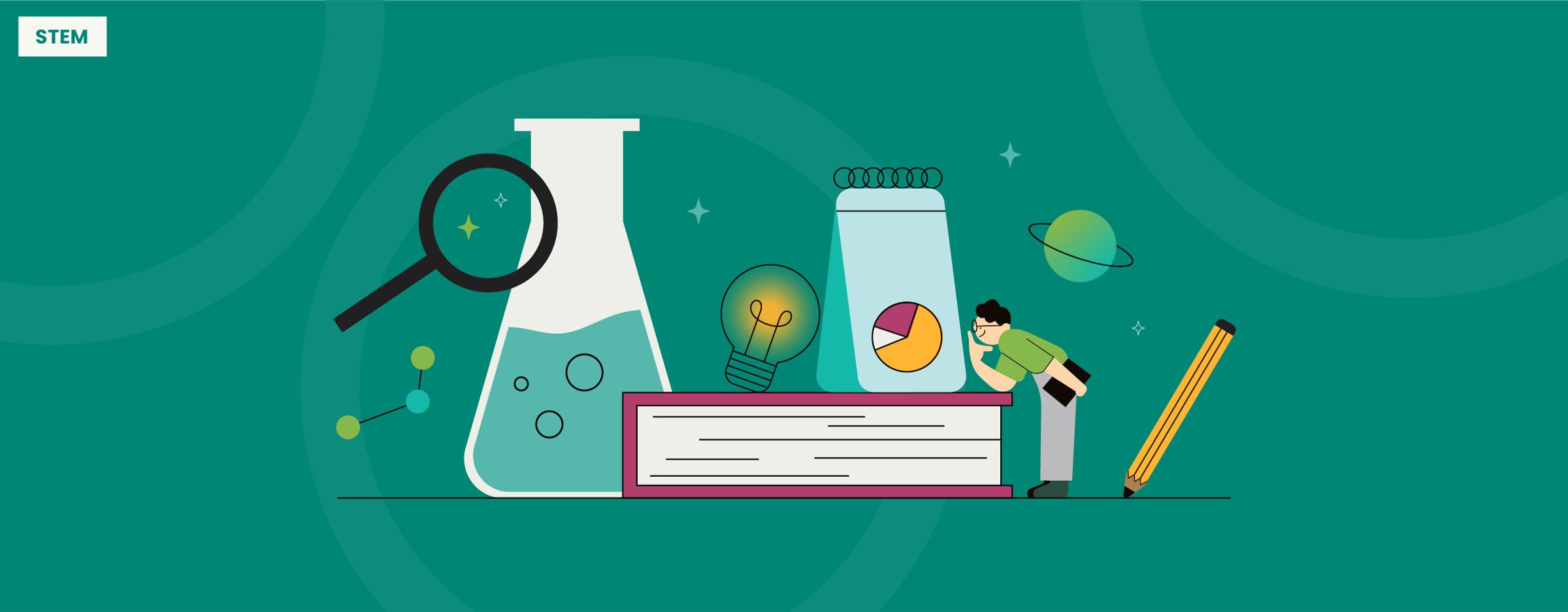
Dear fellow scientists,
Our science week celebrations started on Tuesday, August 13th, with a dress-up day where students and staff dressed as scientists. Lab coats, safety glasses, geologists, zoologists, astronauts, and more were represented. It was incredible to see the variety of creative and spectacular costumes.
On Thursday, August 15th, we hosted a fantastic STEM night where we welcomed our community, parents, carers, and students to join in the fun. The evening featured a variety of exciting investigations and demonstrations, including activities like coding, LEGO discovery, electrical kits, green screen fun, Sphero robots, Blue Bots/Bee Bots, animal camouflage, magnet exploration, fossil making, box construction, marble runs, bubbles, play dough making, and chromatography. It was an amazing night filled with hands-on learning and exploration!
A big shout-out to the teachers and Junior School leaders for their incredible help on the night. Thank you so much! In Prep, students have been investigating two different types of materials: cotton and canvas. They were tasked with predicting which material might be waterproof and using their senses- sight and touch- to determine if a material could repel water. Their mission was to design a new waterproof raincoat for Ted.
Grade 1 students explored the physics of motion by observing how objects behave when they collide. In one experiment, they pushed a heavy ball into a lighter one and recorded their observations on how the objects moved, then applied their findings to everyday situations. They are now beginning a project focused on exploring ideas that could help in creating new products.
Grade 2 students are learning how to collect and analyse data. They examined the life stages of a frog, counting and recording the data in a graph that included a title, a numbered axis, and labels for the life cycle stages. The life cycle of a frog can be broken down into four main stages:
- Egg: Frogs start their life cycle as eggs, typically laid in the water by the female frog. These eggs are often surrounded by a jelly- like substance that offers protection.
- Tadpole: Once hatched, the frog enters the tadpole stage. Tadpoles live in water, have gills for breathing, and swim using their tails. During this time, they feed on seaweed and other plant materials.
- Tadpole with Legs: As they grow, tadpoles begin to develop legs, starting with the hind legs. The tail shortens, gills are replaced by lungs, and they prepare for life on land. This stage is often called the "froglet" stage.
- Adult Frog: In the final stage, the frog is fully grown, with developed legs and no tail. Adult frogs can live both in water and on land, breathing through its lungs and skin. Their diet typically includes insects and other small animals.
This fascinating process, known as metamorphosis, illustrates the significant physical changes a frog undergoes from egg to adult.
Life Cycle Of A Frog! - The Dr. Binocs Show: Life Cycle Of A Frog! - The Dr. Binocs Show | Best Learning Videos For Kids | Peekaboo Kidz
This Is How a Tadpole Transforms Into A Frog | The Dodo
Grade 3 students are learning to identify the impact of human actions on living things. Students are exploring how to describe these actions and their effects on living organisms, and they are also matching specific human activities with their corresponding impacts on the environment.
https://www.clickview.net/interactive/58499943/how-to-take-care-of-the-environment
Grade 4 students are learning to describe what happens to a food chain when a disaster occurs. Success will be achieved when students can identify events that may alter a food chain and describe how each part of the food chain is affected by these changes.
Grade 5 students are learning to use formal scientific language to communicate their observations. They are practicing making safe observations of objects, writing sentences to share their findings, and completing Venn diagrams to compare and contrast their observations.
Grade 6 students are learning to predict what might happen when feeding relationships in an ecosystem are affected by environmental changes. They identified the needs of different animals and described feeding relationships by creating their own food webs. Students also practiced interpreting a food web. Try playing the games listed below to reinforce your understanding.
The STEM team
